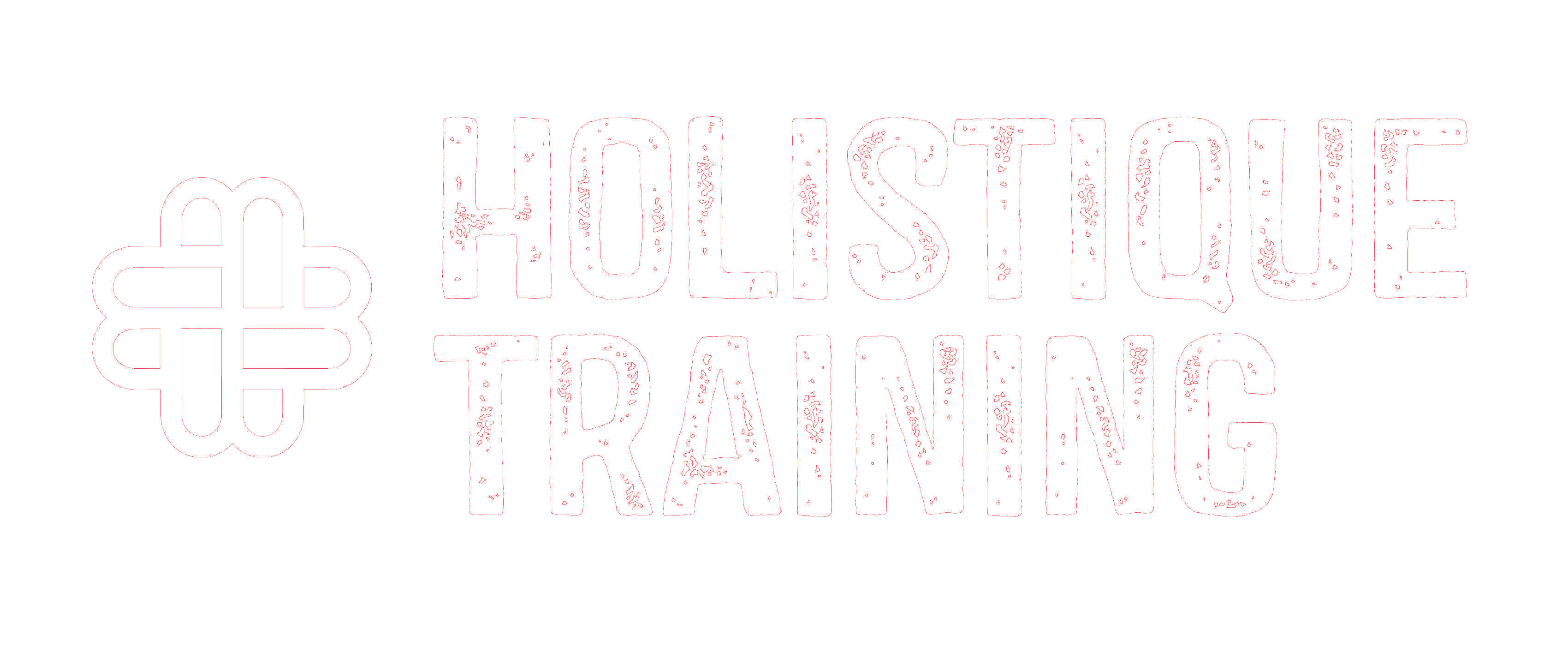Course Summary
When it comes to an organisation, particularly a large organisation, there are many levels of management and leadership established to ensure every aspect of the business is functioning as efficiently as possible.
The role of a supervisor is to ensure their team’s productivity remains at a peak. There are a range of factors that may influence productivity, and it’s the responsibility of a supervisor to balance these and eliminate negative influences. They must ensure that all customer and business needs are being met, and make necessary adjustments for this to be guaranteed. Alongside this, they also need to account for employees’ needs.
There are a variety of leadership styles that a new supervisor may want to consider to aid in achieving their goals. Whether that be a stricter or more empathetic approach, they can help identify personal capabilities and open a pathway to self and team improvement. Different leadership types will dictate how a supervisor would approach different subjects, such as coaching or conflict.
Developing a particular leadership style and improving personal skills will guarantee a supervisor is a great asset to their team and company.
- To identify what skills are necessary for effective leadership.
- To evaluate the different styles of leadership.
- To set goals and objectives based on personal and organisational needs.
- To understand the process of planning.
- To establish positive relationships within the workplace.
- To assess a variety of time management techniques and methods.
- To provide incentives to encourage better performance from employees.
- To develop a strong style of communication.
- To evaluate performance and provide effective coaching to weaker-performing employees.
- To recognise personal strengths and weaknesses and make plans for improvement.
This course is designed for anyone with a newly acquired or established supervisory role who aspires to develop their knowledge and skills in relation to leadership styles. It would be most beneficial for:
- Team Leaders
- Project Managers
- Department Supervisors
- Construction/Site Supervisors
- Sales/Marketing Supervisors
- Operations Managers
- Regional Managers
This course uses a variety of adult learning styles to aid full understanding and comprehension. Participants will review case studies of established supervisors to highlight unique factors in their approaches to leadership.
They will be supplied with all the necessary tools required to conduct the learning exercises. Through lectures, discussions and group activities, participants will have ample opportunity to dissect their case studies and identify the types of leadership styles and accompanying skills in successful supervisors. Furthermore, participants will be able to create their own action and improvement plans in relation to their respective roles, including all the valuable skills and taught knowledge.
Course Content & Outline
- Understand personal capabilities and evaluate how to improve.
- The importance of an effective supervisor.
- Identify how organisations change over time.
- Assessing ways in which a supervisor is suitable for different types of organisations.
- Review the different styles of leadership and how each one may benefit an organisation.
- Reflect on what leadership style may be most suitable personally.
- How different leadership styles lead to different outcomes.
- Developing goals and objectives that align with business needs and industry standards.
- Creating goals and action plans for personal growth.
- Assess different methods of planning.
- Identify what internal and external factors may influence objectives.
- Communicating with employees on how to effectively work towards set goals.
- Recognise potential challenges of effective time management.
- Eliminate all influences possible that may reduce productivity.
- Techniques for maintaining time management.
- The vitality of direct communication.
- Understand the different ways of communicating – verbal and non-verbal.
- How empowering language will actively encourage better performance.
- Using an empathetic voice to resolve potential conflict.
- Reviewing the stages of team development.
- How positive relationships benefit productivity.
- Exploring challenges when it comes to building relationships.
- Methods of establishing trust with employees.
- Understand how to balance different personalities and avoid conflict.
- Establishing team-building activities to improve relationships.
- Identifying people’s personal motivations.
- Managing interpersonal group dynamics.
- Persevering through change resistance.
- Accounting for the different responses to change within a team.
- Utilising a variety of formats and methods for creating improvement plans.
- Ensuring that desired improvements are achievable











